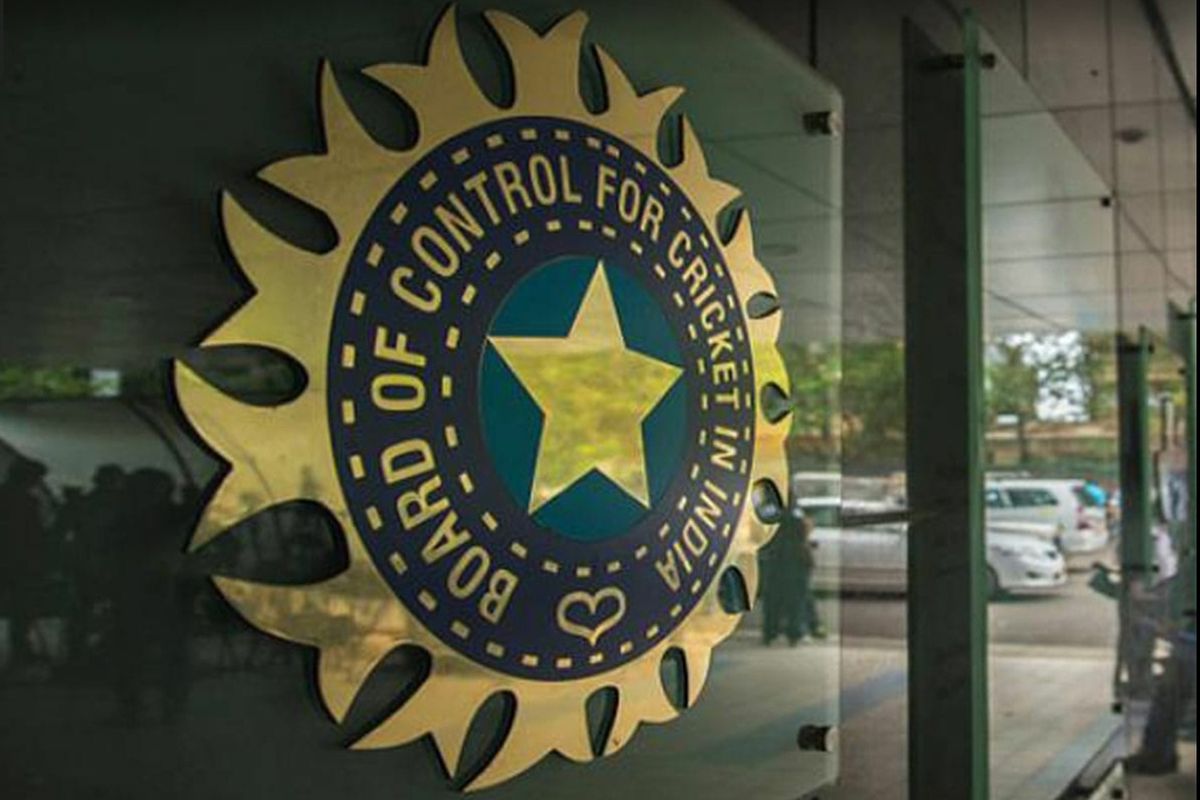Doctors as Humans
Afew years ago, I was on a return flight from New Delhi to Paris and New York, when the chief flight attendant suddenly broke up the humming silence and asked passengers to ring the call bell if anyone was a doctor.
In Rajasthan, when the BCCI decided to crack the whip to push Lalit Modi into the margin, it was under a certain kind of compulsion.

(Photo: IANS)
If we are to look back at, and review, the Indian cricket board’s decision to conduct the game in the country’s capital city and its contiguous areas by means of an ad hoc committee that would be answerable to it, we had better begin where blizzards of allegations about wanton favouritism ~ and, on the flip side, criminal neglect of real talent ~ in team selection hit New Delhi.
To say that is not to ignore, or endorse, our facile adoption of a customary boys-will-be-boys insouciance about administrative wrongdoing until things really get out of hand. The most important thing in this is the damage that has been done in terms of bypassed, if not culpably sidelined, young ones with immeasurable potential.
Anyone thinking about it with a pan-Indian perspective will deem it a blow to our growth in the game and therefore, seriously regrettable. It, of course, might come to be argued that the Delhi and District Cricket Association is but one among many sporting organisations in this land that is a byword for bitter faction feuds, serious fiancial irregularities and a lot of assorted, conseqential ills that do it no good, but it has over the years been extremely difficult not to arrive at the conclusion that the DDCA, while not a unique specimen of its kind, was never really very far from being alone in its own class.
Advertisement
The presence of highvisibility and high-power people in its corridors, whether as kings or king-makers, was always a kind of guarantee for their cronies to attempt so much that was very, very low and pull it off without being pulled up. So high has been the pile of misdeeds that internally organised correctional efforts ~ sometimes in the form of elections ~ seemed never to yield the desired result.
Fresh flare-ups were never too far away. The language used in the backand- forth could very often be terribly toxic. The warp and weft of endless rounds of politicking sometimes manifested itself in the way the teams functioned, sometimes embarrassing themselves. Stalwarts found themselves obliged to step aside ~ and eventually retreat without making a noise.
And the long period during which the Board of Control for Cricket in India, far less sure of itself than before, had the top court-appointed committee of administrators running it might have been mistaken for a spell of go-as-you-like entertainment, mostly selforiented.
Throughout the trading of barbs and tricks, the DDCA never seemed to feel that well might matters come to a head, sooner rather than later. In Rajasthan, when the BCCI decided to crack the whip to push Lalit Modi into the margin, it was under a certain kind of compulsion. In Delhi, it faced a different problem.
If the ad hoc panel finds a way out of the mess, it will be a gentle reminder that cricket is only a game.
Advertisement